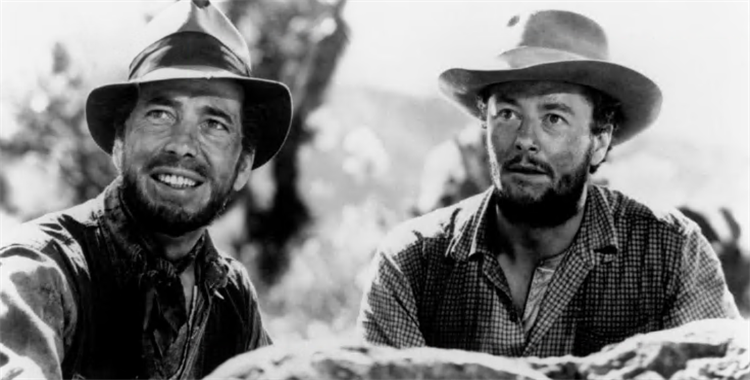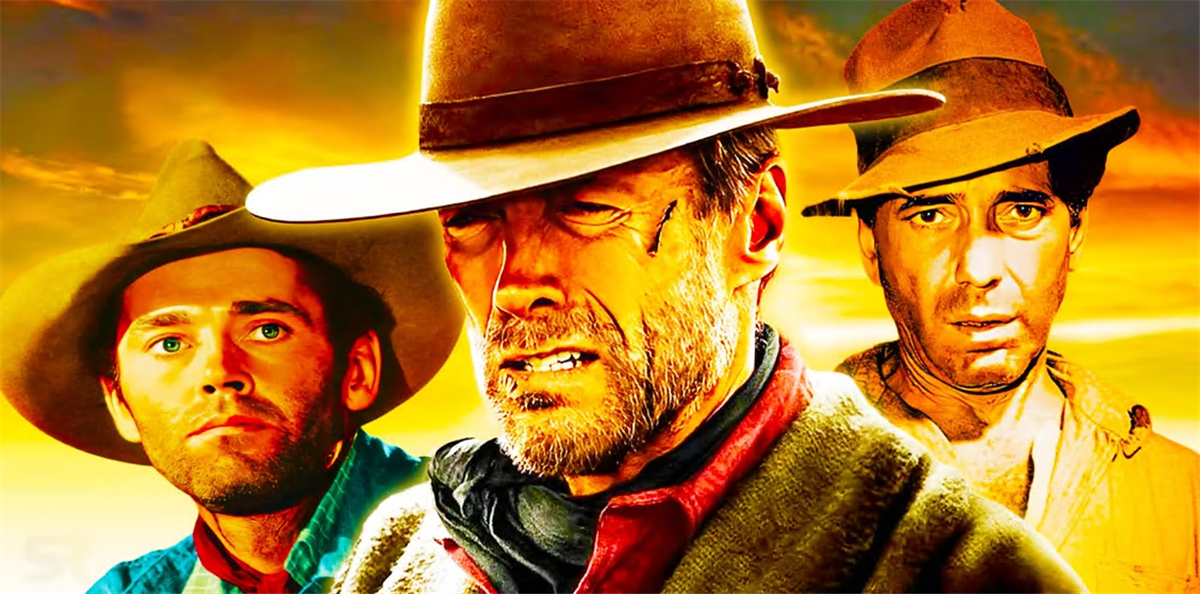Clint Eastwood is a Western icon and his two favorite entries in the genre would have a big impact on how he would approach his own movies.
- Clint Eastwood’s Westerns were darker and more cynical than the traditional Hollywood Golden Era Westerns, featuring morally ambiguous anti-heroes.
- The films “The Ox-Bow Incident” and “The Treasure of the Sierra Madre” are two of Eastwood’s favorite movies and had a significant influence on his own work.
- These films introduced Eastwood to the idea that movies could explore weighty topics and feature unlikeable main characters, which he incorporated into his own Westerns.
Two of Clint Eastwood’s favorite Westerns had a big impact on his own work in the genre. The Western genre was waning in popularity by the time Eastwood became a movie star in the 1960s, but his work in the Dollars movie trilogy or Hang ‘Em High helped keep “Oaters” alive in the years that followed. Clint Eastwood Westerns were also darker and more cynical than the kind produced during Hollywood’s Golden Era, where the heroes played by the likes of John Wayne were almost always morally upstanding and honorable.
In Eastwood’s work, he often played anti-heroes like the Man with No Name, who was never afraid to cheat his supposed allies or shoot people before they drew their own weapons. Eastwood is one of the genre’s last real icons, and he signed off on Westerns for good with 1992’s Unforgiven. Eastwood is unlikely to return for an old-fashioned Western adventure – although 2021’s Cry Macho is something of a neo-Western – but his influence on the genre is undeniable.
Clint Eastwood Named The Ox-Bow Incident & The Treasure Of Sierra Madre As Two Of His Favorite Movies
In conversation with the AFI (via YouTube), Eastwood cited some of his favorite films, citing two classic Westerns: 1943’s The Ox-Bow Incident and John Huston’s The Treasure of the Sierra Madre. The former stars Henry Fonda as a cowboy who becomes part of a posse looking for the men who murdered a rancher, while Treasure of the Sierra Madre
How The Ox-Bow Incident & The Treasure of the Sierra Madre Influenced Clint Eastwood’s Own Westerns

In speaking about The Ox-Bow Incident in 2003, Eastwood talked about it being one of the first films of moral weight he ever watched. He went in expecting a piece of entertainment, but the film instead explored themes like vigilante justice, racism and even toxic masculinity. This showed the young Eastwood that in addition to being entertainment, films could explore weightier topics, which can be seen in films like Unforgiven or even Hang ‘Em High, where Eastwood’s character is the victim of a lynching. Eastwood also credits some of the more experimental techniques of director William A. Wellman, including his framing of certain shots.
Likewise, Treasure of Sierra Madre is an early example of a Hollywood movie that wasn’t afraid to make its main characters unlikeable, with Humphrey Bogart’s – who was then one of the biggest movie stars in the world – protagonist having few redeeming qualities. In contrast to the more clean-cut heroes of the era this is what made the film stand out, and Clint Eastwood himself would cultivate and refine the idea of the anti-hero in many of his Westerns. The star would later play a thinly-veiled version of director Huston himself in 1990 film White Hunter Black Heart.
